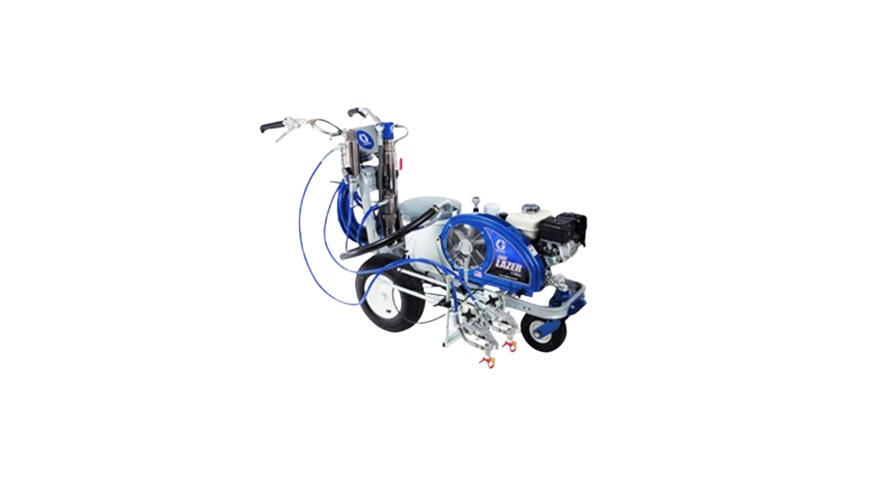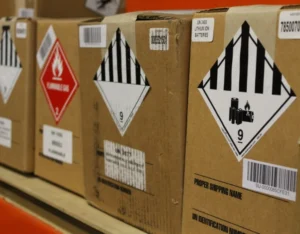How to Adjust Line Width with Walk Behind Sprayers

Precision in line width is crucial when marking athletic fields, roadways, or utility zones. Whether you’re creating boundary lines or directional guides, having the right equipment and control over your markings ensures professionalism and safety. A walk-behind paint sprayer offers the flexibility and control professionals need to adjust line width accurately. Understanding how to manage this feature efficiently can make a significant difference in application speed, paint usage, and line clarity.
Understanding Line Width Control
Walk-behind sprayers are built with adjustability in mind, enabling users to modify the width of lines according to project needs. The first step in adjusting line width is understanding the mechanics of the spray system. Most sprayers come with adjustable nozzles or spray shields that can be moved closer together or farther apart. This mechanism allows operators to produce narrow lines for fine detail work or wider lines for zones like end boundaries or directional arrows. Proper adjustment ensures even distribution without overspray or gaps.
Step-by-Step Adjustments for Better Accuracy
Getting the desired line width involves a few essential steps that ensure accuracy and efficiency. Start by checking the user interface or manual control panel for nozzle positioning options. Most machines allow for quick repositioning of the spray arm or adjustment of the nozzle angle. It’s best to begin with a test spray on a non-critical surface to verify the line thickness. Adjust as needed until the desired width is achieved. For larger projects involving multiple lines or sections, consistency is key, so it is essential to lock settings once the optimal width is confirmed.
Utility marking professionals often adjust the width depending on the type of surface and the purpose of the marking. For example, learning what utility spray paint markings mean can help operators determine the correct line visibility and color usage based on industry standards. This knowledge supports compliance with local and federal regulations for marking underground infrastructure or construction areas.
Choosing the Right Equipment for the Job
The type of walk-behind sprayer you use significantly impacts ease of adjustment and final results. Professionals should consider whether they require basic manual controls or more advanced models with automated features. Machines with interchangeable tips, built-in measurement guides, and user-friendly control systems offer greater flexibility for quick width changes. For field managers and contractors comparing systems, it is helpful to understand the benefits of choosing between manual and automated field line marking machines. Knowing which system suits the scope of work best can save time and improve overall marking efficiency.
Conclusion
Mastering line width adjustment with a walk-behind paint sprayer is essential for any professional responsible for high-visibility marking jobs. From athletic fields to construction sites, the ability to customize line thickness allows for better control, improved compliance, and a cleaner finish. With the right preparation, equipment knowledge, and understanding of project requirements, professionals can achieve consistent results across a variety of surfaces. This not only enhances the accuracy of field or utility layouts but also minimizes paint waste. Investing in quality equipment with reliable adjustment features ensures long-term performance and repeatable precision.








